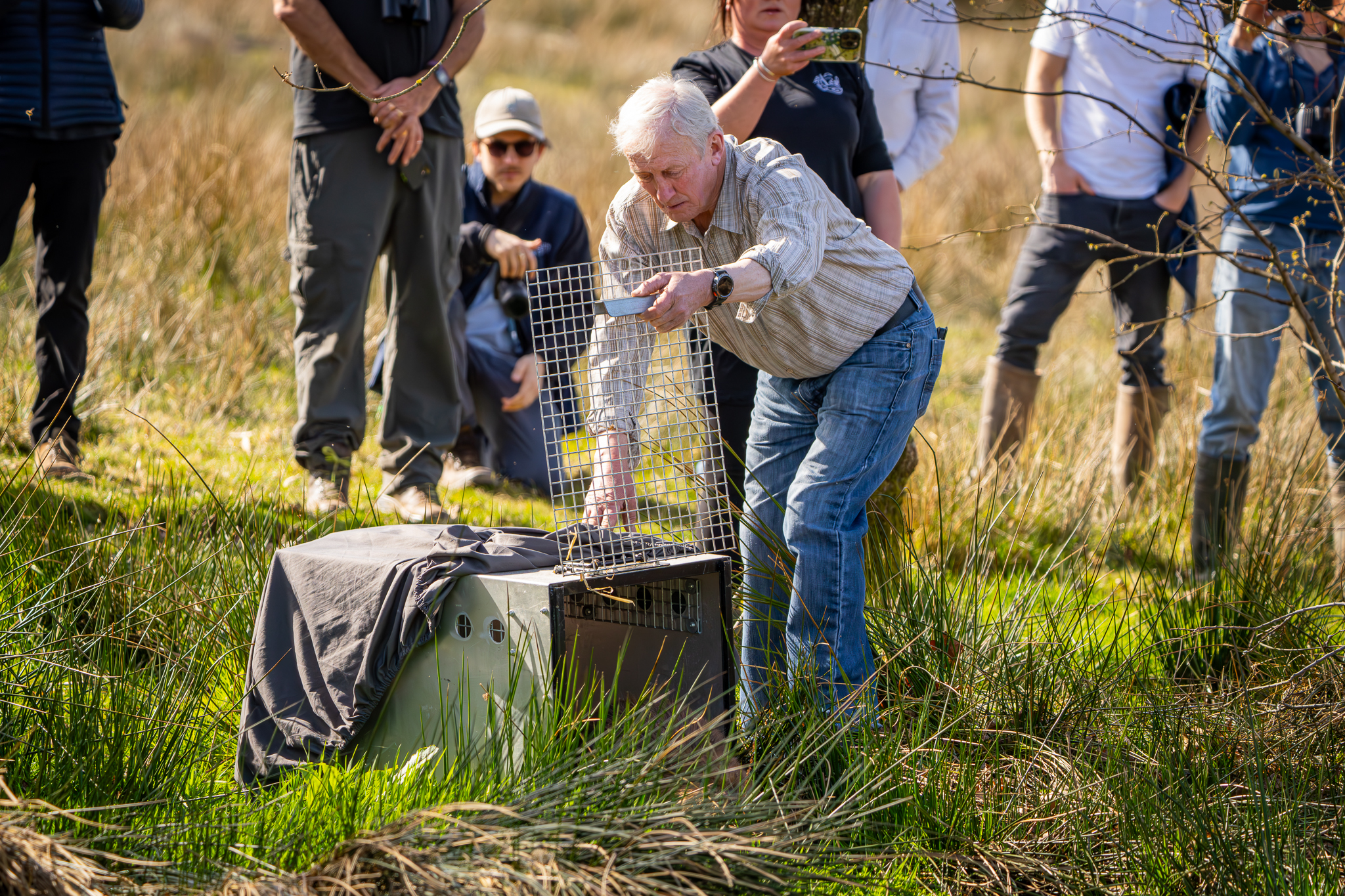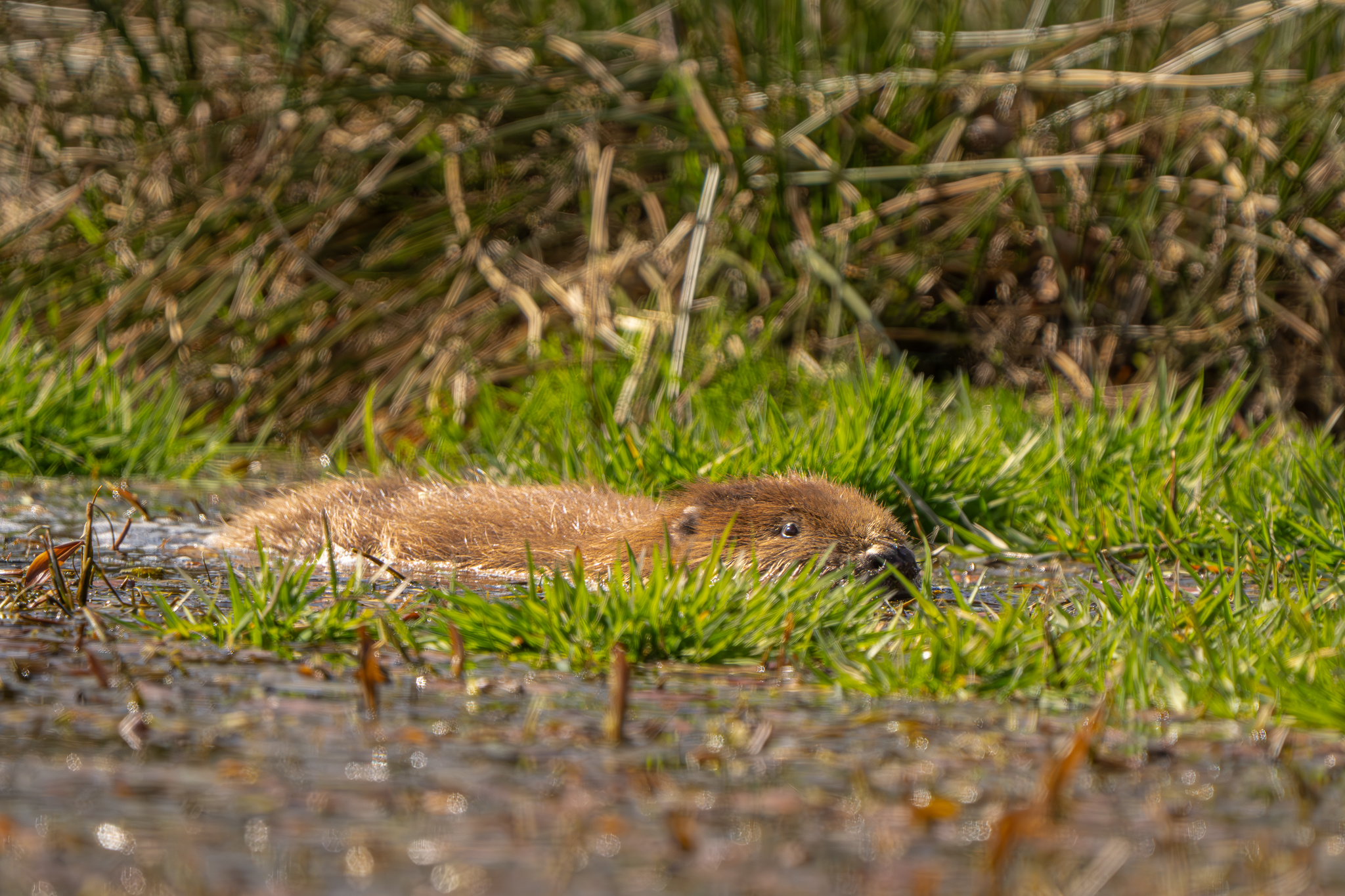Beavers Return to the Shropshire Hills: A Landmark River Restoration Project
Severn Rivers Trust, the leading independent charity dedicated to restoring the River Severn and its tributaries, is at the forefront of an exciting river restoration project in the Shropshire Hills. In collaboration with landowner Trevor Wheeler, the Environment Agency, Shropshire Wildlife Trust, and the Shropshire Hills National Landscape Team, Severn Rivers Trust has released a breeding pair of beavers into a carefully designed enclosure on the 31st March 2025. This reintroduction is set to restore natural processes in the uplands, benefiting local wildlife, improving water quality, and helping to manage flood risk for communities downstream.
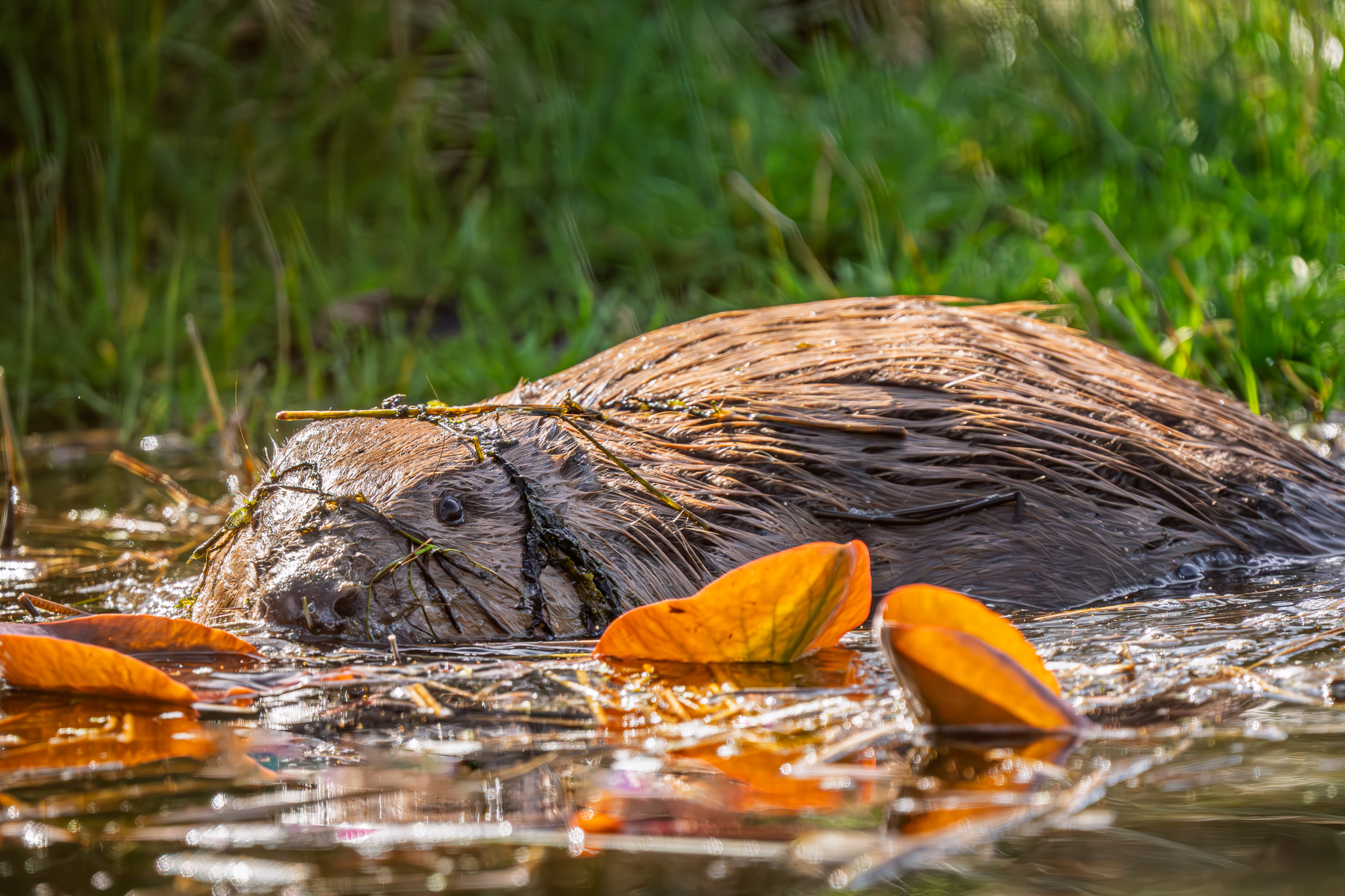
Why Beavers? The Role of Nature’s Engineers
Severn Rivers Trust is committed to innovative, nature-based solutions that improve river health and support biodiversity. Beavers are known as nature’s engineers – their ability to shape landscapes is unparalleled. By building dams and creating wetland habitats, they help to store water, slow the flow of rivers, and enhance biodiversity. Their activity reduces the impact of flooding, improves water quality, and ensures rivers continue to flow even during dry spells.
For the River Clun, an area that often experiences flash floods in winter and dangerously low flows in summer, these benefits are critical. By holding water in the landscape for longer, beavers help maintain a healthier balance in the ecosystem, supporting species like Atlantic salmon, freshwater pearl mussels, and water voles that depend on clean, well-oxygenated water. Their presence will also create rich wetland habitats, benefiting a wide variety of plant and animal life.
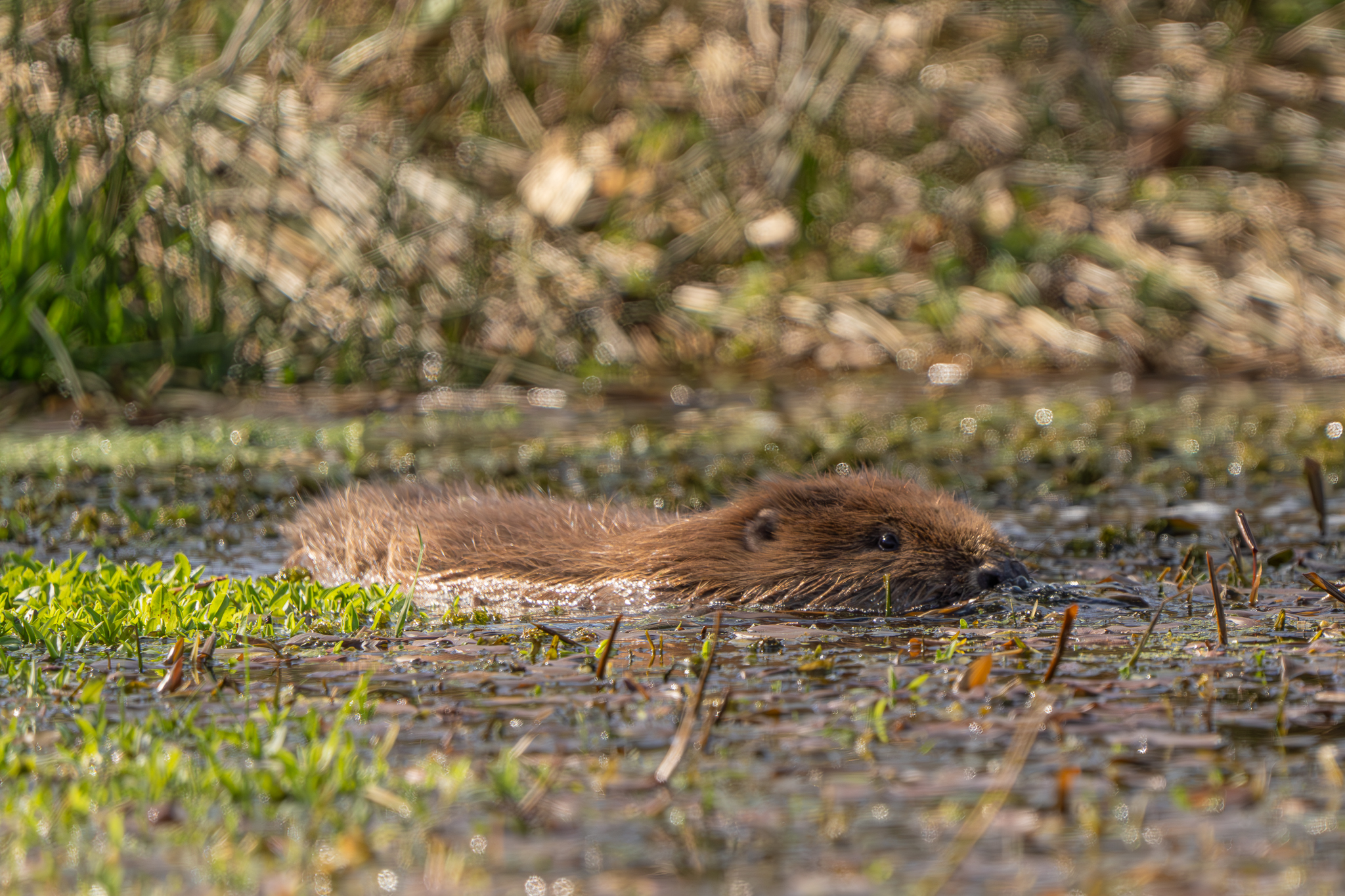
A Carefully Managed Reintroduction
The beavers have been released into a 6.5-hectare enclosure in the headwaters of the River Clun, a site carefully chosen by Severn Rivers Trust for its potential to support beaver activity and increase biodiversity. A temporary lodge has been built within the enclosure to help the beavers settle into their new surroundings.
To ensure the surrounding grasslands remain species-rich, short-term cattle grazing will be introduced at key times. This integrated approach balances wetland restoration with sustainable land management, demonstrating how wildlife conservation and farming can work hand in hand.
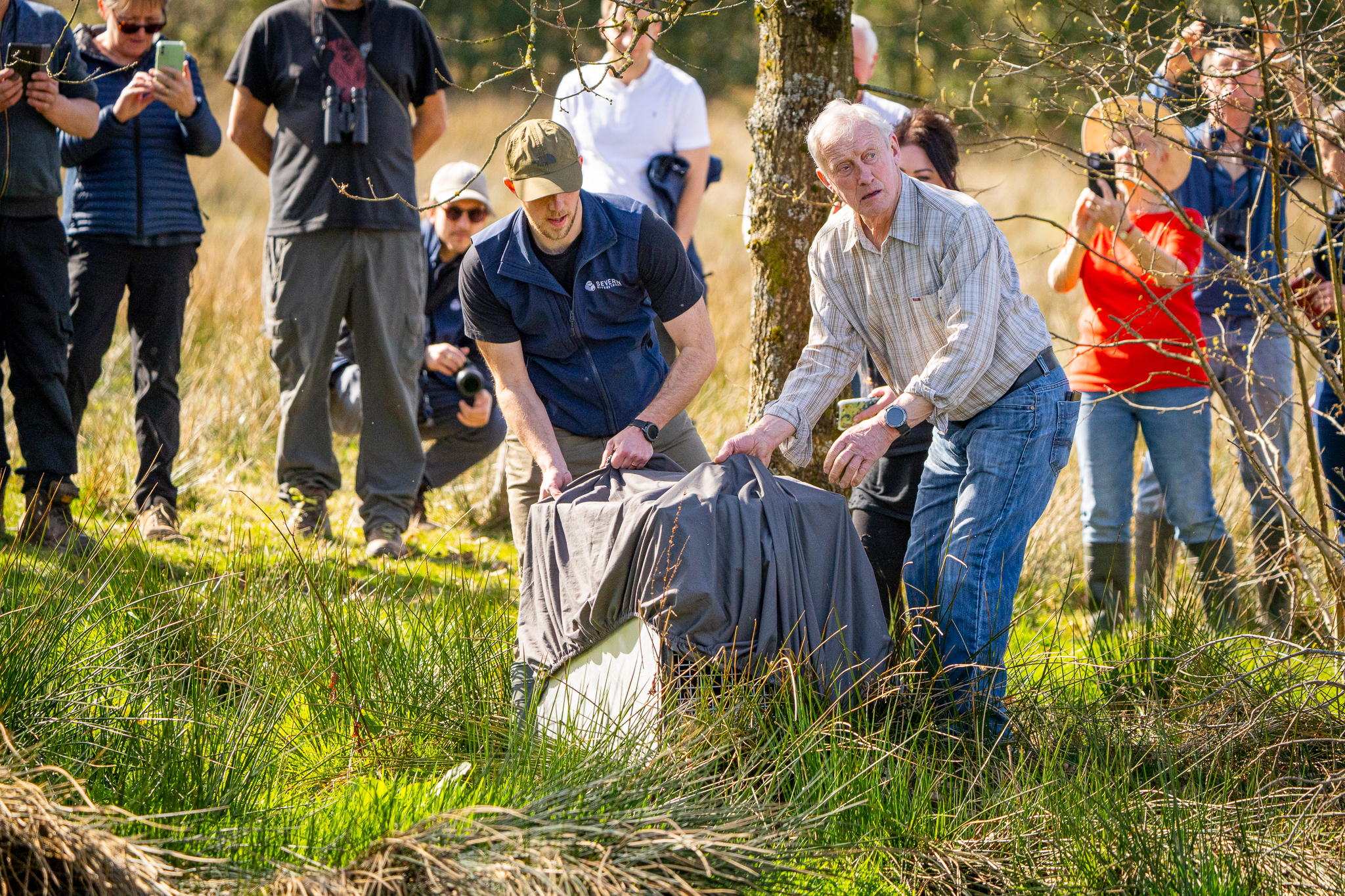
Severn Rivers Trust: Leading the Charge for River Restoration
Severn Rivers Trust is leading this pioneering project with input from key partners, including Shropshire Wildlife Trust and the Derek Gow Consultancy, a leading expert in beaver reintroductions. The project has been made possible through funding from the Environment Agency, with additional support from the Shropshire Hills National Landscape Team.
Joe Pimblett, CEO at Severn Rivers Trust, explains the importance of this initiative:
“If we’re serious about restoring nature in Britain, we need to start tackling issues at the source. The exceptional challenges facing our rivers – including declining water quality, increased flooding, and habitat loss – require fresh and bold approaches. By bringing beavers back to the uplands, we are working with nature to rebuild healthier and more resilient landscapes from the headwaters down.”
A Collaboration with Brynmawr Farm
A key site for this project is Brynmawr Farm, part of Clun Valley Organic Farm, which has become the first farm in the region to receive a licence for wild beaver release. Nestled in the Shropshire Hills, Brynmawr Farm is a beacon of sustainable agriculture and ecological responsibility.
Operated by the Wheeler family, the farm transitioned to organic practices in 2003, driven by Trevor Wheeler’s personal experience with chemical exposure. Since then, the farm has prioritised wildlife-friendly food production, yielding high-quality meat products while fostering biodiversity. Over the years, Brynmawr Farm has expanded its commitment to sustainability, offering eco-friendly holiday accommodations and educational experiences promoting environmentally responsible farming.
The release of beavers aligns perfectly with the farm’s ethos of working in harmony with nature. By introducing these ecosystem engineers, Brynmawr Farm is taking another step toward enhancing biodiversity, improving water quality, and increasing the landscape’s resilience to environmental challenges. The beavers’ natural dam-building will help retain more water on the farm and in the valley, reducing flooding downstream and keeping the landscape greener during dry periods.
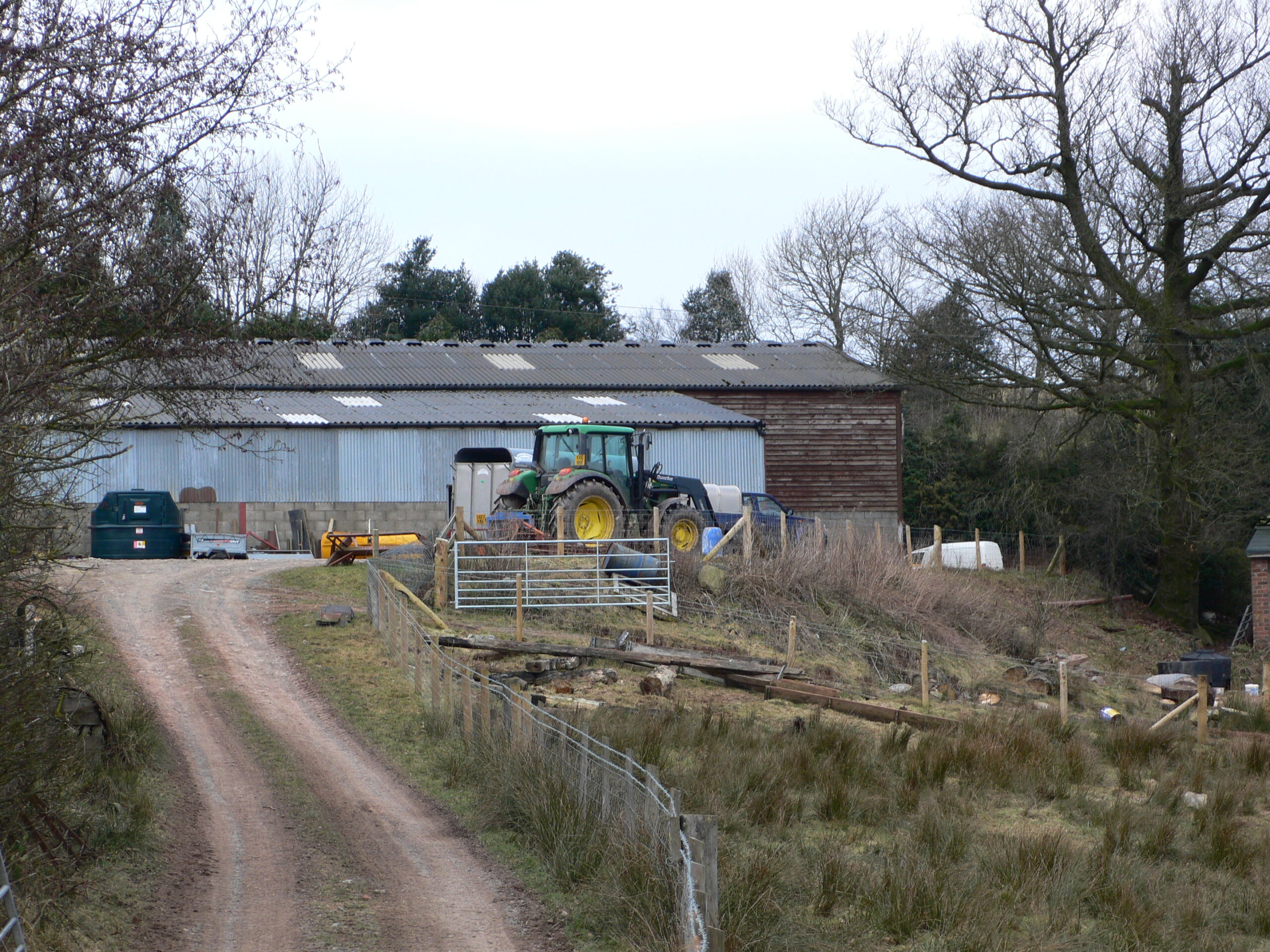
Looking Ahead
The beavers were relocated under licence from Scotland by experts at the Beaver Trust. Both individuals, estimated to be two to three years old, have passed full health screening.
This project marks a significant milestone for river restoration in the Severn catchment. The benefits of beavers extend far beyond their enclosure – the wetlands they create will improve conditions for fish, invertebrates, birds, and mammals, contributing to a richer and more resilient ecosystem.
As Joe Pimblett puts it:
“We’re looking forward to seeing the beavers settle into their new home and watching the landscape change over time. What they do here in the headwaters will have an impact far beyond the enclosure.”
Severn Rivers Trust: A Vision for Healthier Rivers
At Severn Rivers Trust, we are dedicated to restoring the health of the entire River Severn catchment, from source to sea. We work tirelessly to tackle pollution, reconnect vital habitats, and build climate resilience through pioneering conservation efforts like this beaver reintroduction.
This project is not just about beavers – it’s about restoring balance to our rivers, strengthening rural communities, and building a future where people and wildlife thrive together. Stay tuned for updates on this ground-breaking reintroduction, and join us in celebrating a major step towards healthier rivers and landscapes. For more information on our work restoring rivers across the Severn catchment, visit www.severnriverstrust.com.
Please contact our Communications lead at katie.jones@severnriverstrust.com for further information and media opportunities.

